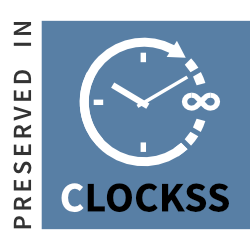Domestication of Indigenous Timber Species in Degraded Open Karst Lands: A Decade of Experience
DOI:
https://doi.org/10.7719/jpair.v1i1.45Keywords:
Indigenous Timber Species, Domestication of Timber Species, Karst Land Rehabilitation, Dipterocarps, Indigenous Forest SpeciesAbstract
This study assessed the domestication potential of 43 indigenous timber species on 1.2 hectares of degraded karst land. The survival, height growth, diameter growth, and site factors were monitored periodically. The results showed that 28 indigenous forest timber species thrived in the open karst area, including eight dipterocarps: narig, mayapis, white lauan, bagtikan, guisok-guisok, manggasinoro, red lauan, and yakal-kaliot. Non-dipterocarps included hitanggol and kalilangan. Species with 100% survival rates were aniam gubat, bayokbok, ipil, kalumpit, jamog, puso-puso, sagimsim, and taluto. White lauan achieved a survival rate of 96%, while molave reached 92%. Kalumpil exhibited the highest growth increments in both height and diameter, followed by dao, duguan, and milipili. Among the dipterocarps, white lauan showed the highest diameter and height growth increments. Narig demonstrated tolerance to full solar exposure due to its waxy leaf surface. The study suggests that domestication farms should integrate fruit trees, vegetable trees (such as Gnetum gnemon), and other economic plants. Future trials should include domesticating barit, anisag, sudiang, other dipterocarps, bago, nito, sig-id, rattan, and other raw materials for handicrafts.
Metrics
Downloads
References
Aldemer, M. K. (n.d.). Institutionalization options of domestication programs.
Downloads
Published
Issue
Section
License
Copyright (c) 2008 Rumila Cilocilo Bullecer

This work is licensed under a Creative Commons Attribution-NonCommercial 4.0 International License.
Open Access. This article published by JPAIR Multidisciplinary Research is licensed under a Creative Commons Attribution-Noncommercial 4.0 International (CC BY-NC 4.0). You are free to share (copy and redistribute the material in any medium or format) and adapt (remix, transform, and build upon the material). Under the following terms, you must give appropriate credit, provide a link to the license, and indicate if changes were made. You may do so in any reasonable manner, but not in any way that suggests the licensor endorses you or your use. You may not use the material for commercial purposes.

























